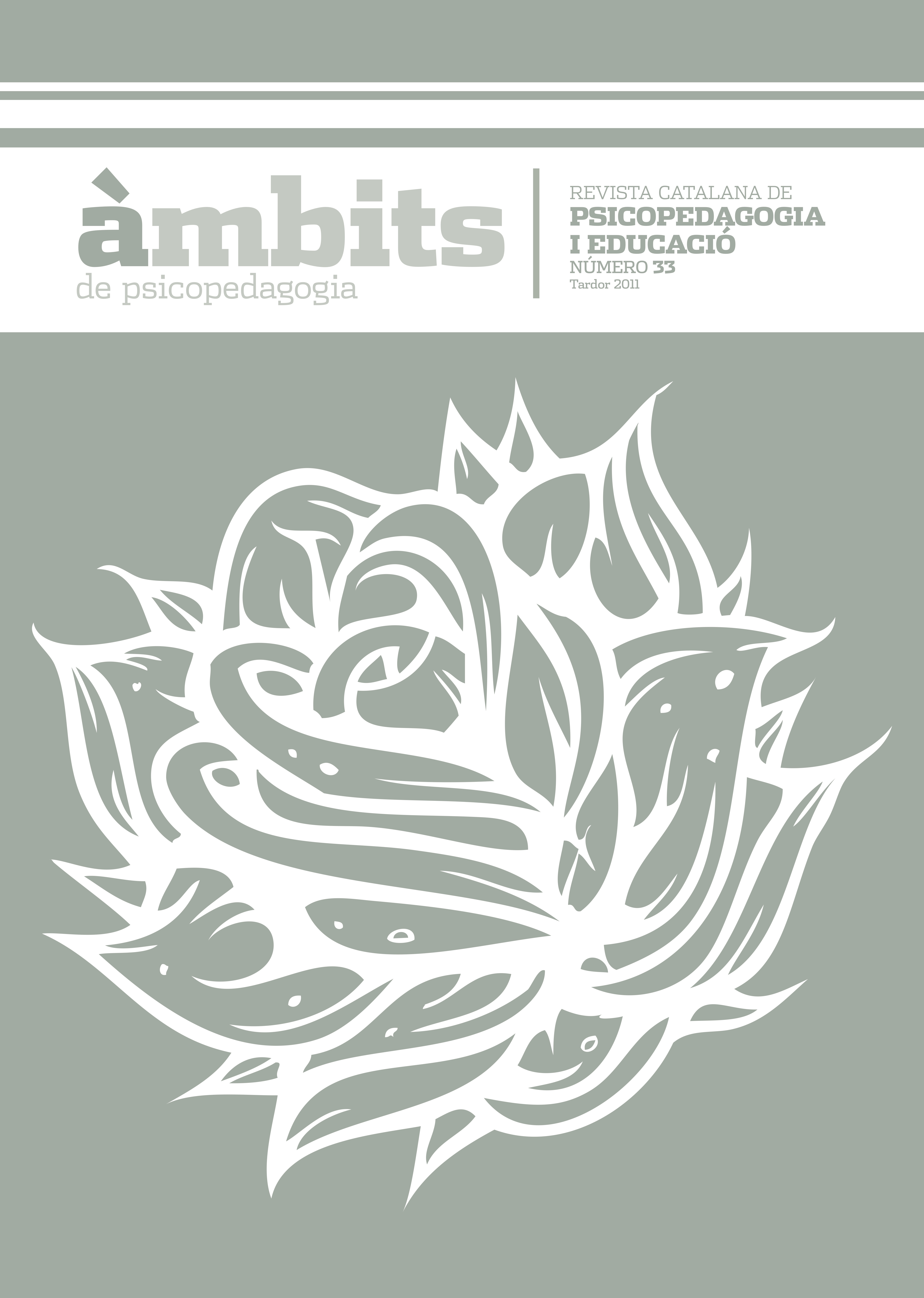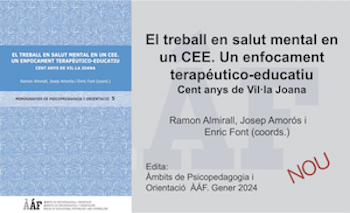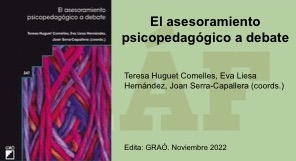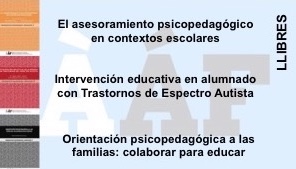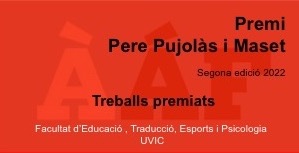The textual competence in upper primary school
Abstract
When the students results guide the steps to be followed in the classroom. This article aims at reflecting about effective skills to improve the Upper Primary students textual competence. All the difficulties, lacks and abilities observed along three years as sixth grade tutor have been used to describe a didactic proposal based on the feedback from the communicative model among teachers and students.
Three didactic intervention axes are describes:
- Intervention in the production process and context.
- Intervention in the textual revision process.
- Use of third parties texts as reference models.
The texts to which the author refers to can be either oral or written, amn must be the result of the cultural and scientific exchange context created in the classroom. The specific proposal presented focuses on the written process and emphasizes the need to give feedback about its results.
.
References
AAVV. (1989). Como aplicar estrategias de enseñanza II. Aula Práctica. Ediciones CEAC S.A. Sabadell.
Departament d'Ensenyament (1999). Orientacions per a l'ensenyament-aprenentatge de la lectura i escriptura.
Escobar, C. (2004). ¿Qué quiere decir un "siete"? Sobre la retroalimentación en las clases de lenguas. Aula de Innovación Educativa. Núm. 129 pp 33-36.
Maruny, Ll,; Ministral, M.; Miralles, M. (1995). Escribir y leer. Materiales curriculares para la enseñanza y el aprendizaje del lenguaje escrito, de tres a ocho años I, II y III. Coeditan Centro de publicaciones del MEC y EDELVIVES. Madrid.
Rodríguez Dieguez, J.L. (1985). Currículum, acto didáctico y terís del texto. Ediciones Anaya S.A. Madrid.
Tolschinsky Landsmann, L. (1995). Aprendizaje del lenguaje escrito. Procesos evolutivos e implicaciones didácticas. Editorial Antrophos. Barcelona.
Downloads
Published
Issue
Section
License
The authors maintain their copyright and give the right to the first publication of the work to the journal, registered under a Creative Commons Attribution-Non Commercial-NoDerivs license. This license allows others to download the works and to share them with others as long as they credit the author, but it does not allow for any kind of modification or commercial use.


